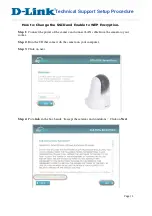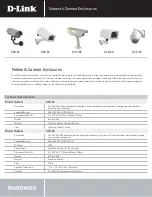
LiAir
22
0N User Guide • GreenValley International Inc.
Page 14
Place the GNSS antenna at an open area in order to ensure the antenna can get access to the GNSS
satellites as many as possible. Apart from this, the placement spot of the GNSS antenna should be
stable and far away from the electromagnetic interference.
Note:
-
Open areas refer to those places which are not covered by high objects. The maximum elevation
mask
angle of surrounding objects should be less than 15°.
-
The source of strong electromagnetic interference might be cellular base station, high voltage
transmission lines, or objects with high reflectance (e.g. mirror, large water body) which may cause
the multipath propagation.
(2)
Set up base station
Connect the GNSS antenna to the GNSS receiver by the feeder cable and connect the battery to
the GNSS receiver by the power cable as it shown below:
Figure 4. Assembly of the Base Station
Note:
For higher accuracy, users can fix the base station on a tripod and place it on the known ground
control point (GCP) with high absolute accuracy. When trying to connect the battery with the GNSS
receiver, the red dot on the connector of the cable should be aligned with the notch on the receiver.















































